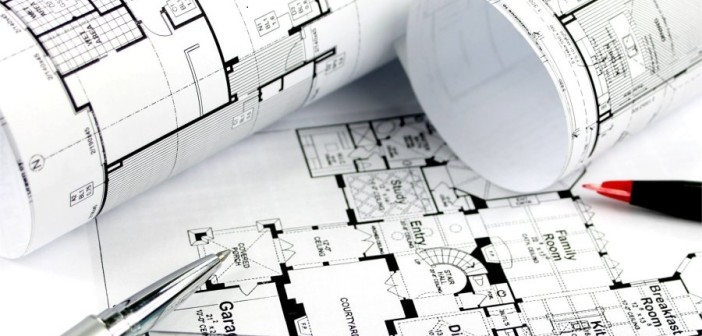Aging in Place
What does it Mean and is it Possible?
By Amanda Lambert
Aging in place is the new buzz phrase that comes with a tantalizing promise: that you can have it all. Assuming you are satisfied and happy with the place you currently live, staying there seems like a reasonable idea. Aging happens, however, and preparing for the unexpected can make staying at home possible and less stressful.
The baby boom generation and their parents have descended onto the aging landscape. Much has been written about the boomer generation being healthier than the generation before it. This cohort has seen first-hand what aging can wreak as they take care of their elderly parents and look to avoid many of the health related problems that afflict them.
Debility, Alzheimer’s, chronic medical conditions, and falls are forcing people to look at long term housing arrangements that meet current and future needs, not just for their parents, but for themselves. The housing industry has taken big notice of this need. Assisted living and rehabilitation building is booming in anticipation of elders needing supportive housing. Not all people want to live in congregate housing, however. Many people want to remain in their single family homes where they have lived for years, sometimes raising families and forming community relationships that are not easily replaced. But what does it really mean to stay in your home?
Homes in suburbia, cities and rural areas were not typically constructed with an aging person in mind. These homes are often two stories, or have basements with stairs to access bedrooms or laundry facilities. Hallways are narrow and don’t accommodate wheelchairs or even walkers comfortably. Bathrooms can be tight without grab bars or other safety features. Boomers and their parents are in the throes of making decisions every day about how and whether aging in place is possible and practical, considering the current designs of their homes.
Home modifications can help to keep someone to age in place longer and more safely. For many, the extent of these modifications would be too expensive and unrealistic. Hiring private duty caregivers is also always an option, but if care exceeds a certain number of hours then it makes sense for these caregivers to stay overnight. Some homes simply can’t accommodate another person.
Many people assume that home modifications, whether in an existing home or new construction, will be beyond reach for most. This is simply not always the case. Roger Borgenicht, executive director of Assist Utah, a community design center in Salt Lake City, Utah says:” Most aging in place home improvements are relatively inexpensive and have a high cost/benefit ratio. Features such as grab bars in tub/shower areas and railings on all stairways help prevent falls which can cause injury and create fear of falling again. Grab bars can be attractive amenities if they are well designed and properly placed. A few basic thoughtful home improvements can prevent present infirmities from becoming future disabilities.” The Assist program has developed an accessibility guide for existing home modifications and new construction that is recognized as being one of the best in the country. Both guides can be found here: www.assistutah.org. Just because home modification is possible, however, doesn’t necessarily mean it should be done.
With new construction simple accessibility features like entry way low rise stairs or no step entry, wider hallways and doorways and single level living are unobtrusive. A walk in shower on the main level can become a critical need following surgery or an accident where getting in and out of a tub is challenging and dangerous. The costs associated with these simple additions should be negligible. But what about existing home modifications?
Most people consider their home as an investment. If a home has undergone extensive renovations that cry out “disabled or elderly” it may affect the value of the home. On the other hand it also opens the property up to younger disabled individuals who may appreciate the modifications. Very few prospective buyers like seeing a ramp in the front of the house and grab bars throughout the interior. It is unlikely that a buyer would be an older person looking for an accessible house, so it may be advisable to consider a ramp in the back, grab bars that are attractive and unobtrusive, or installing a walk in shower in place of a tub that many buyers may prefer anyway. Modifications can be made tastefully and with very little intrusion.
Aging at home is possible with some forethought, planning and the expertise of a good community design expert or even occupational therapist.




